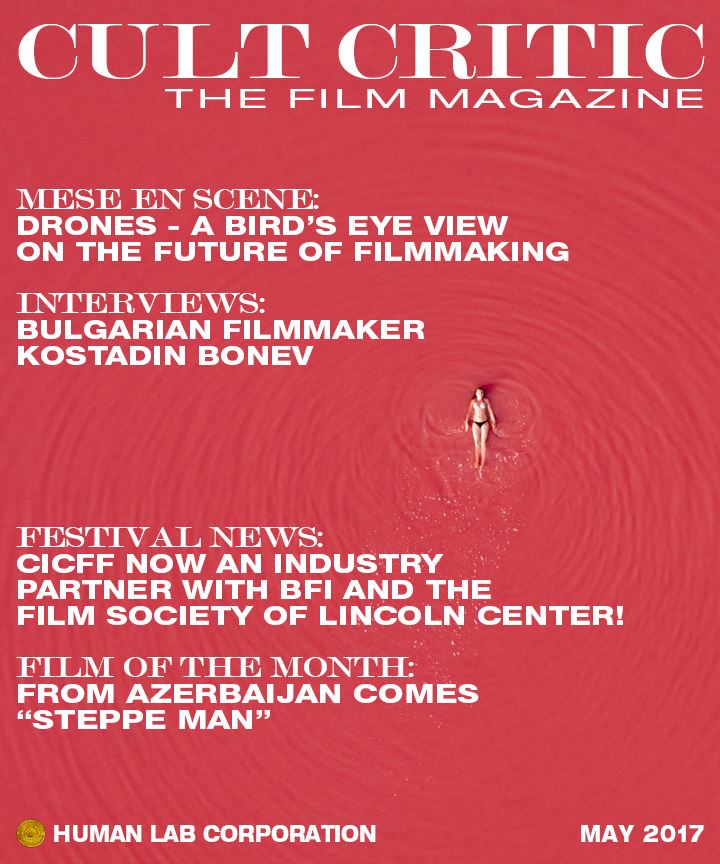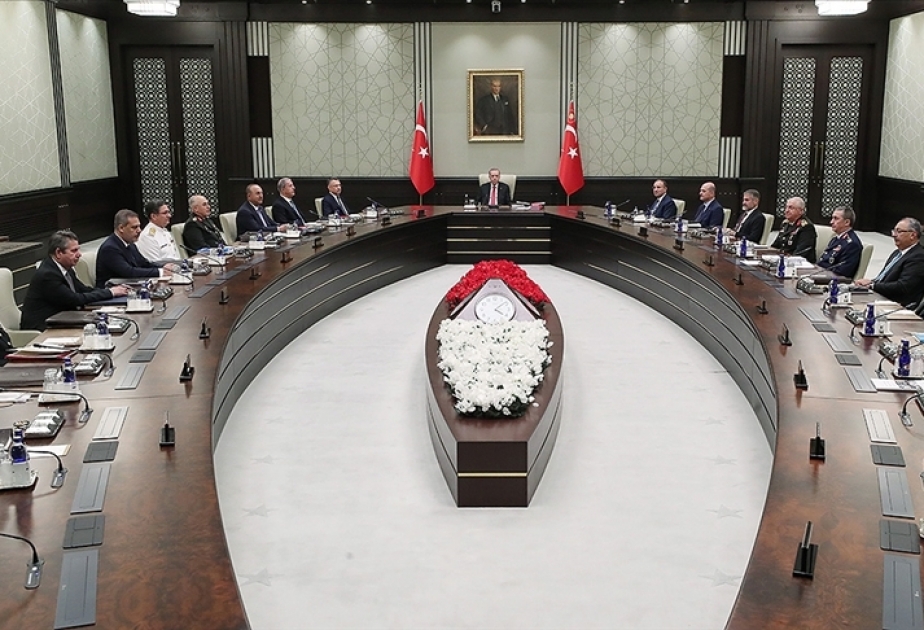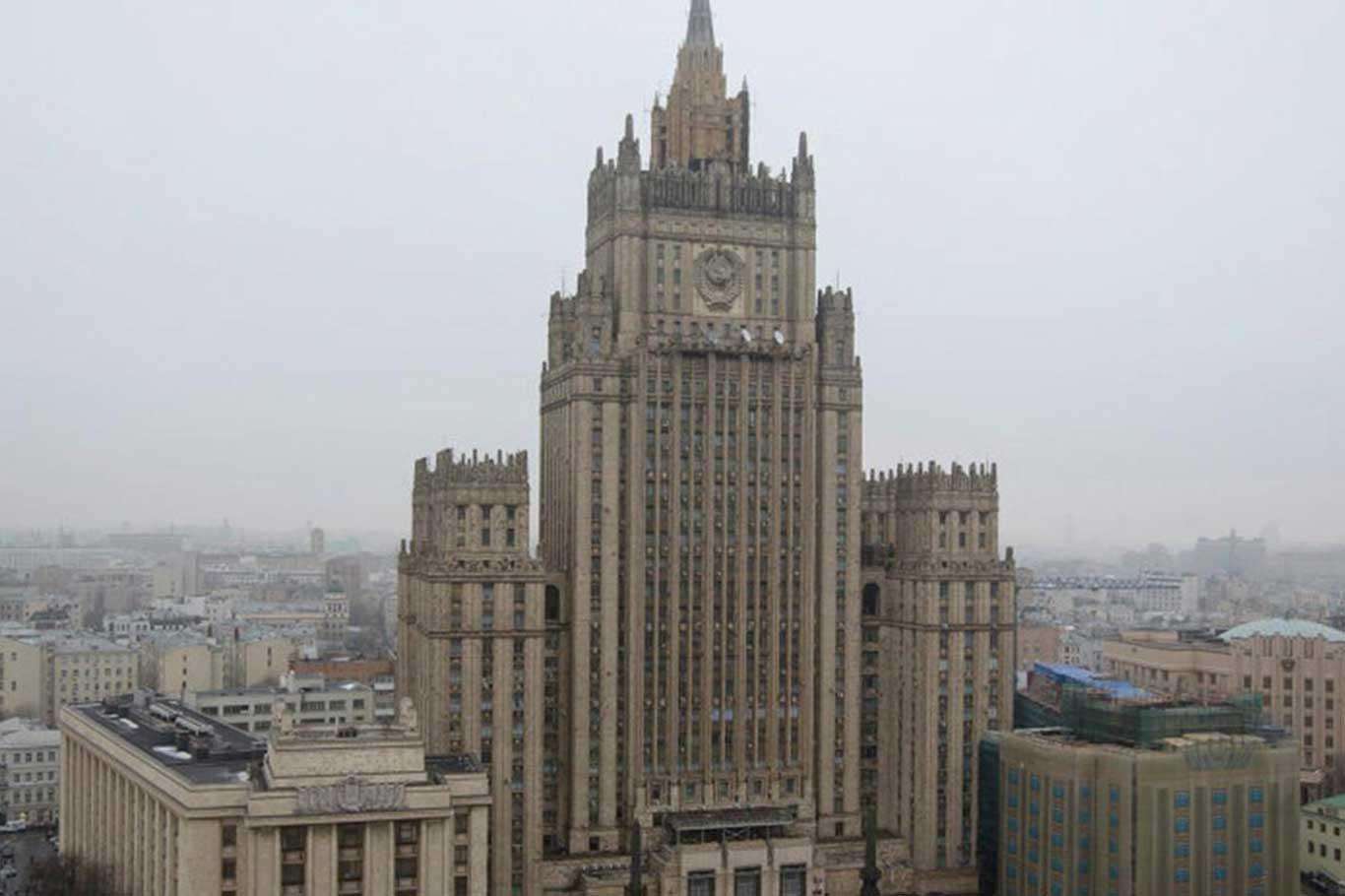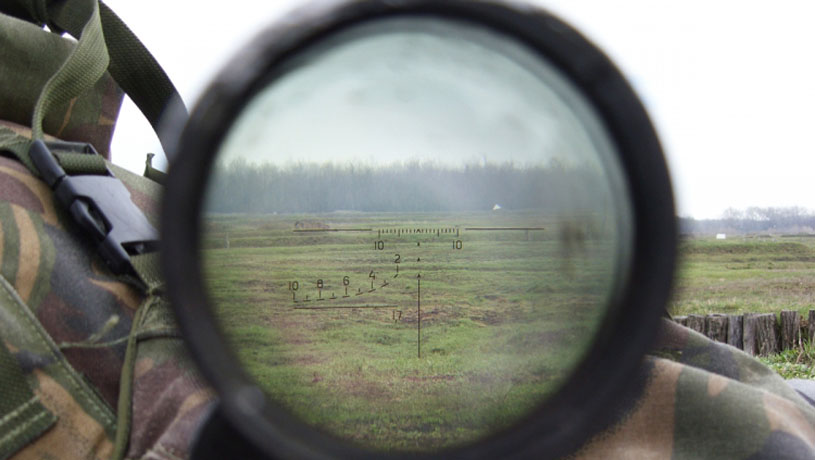Steppe man

25 İyul 2017 13:50
Xəbər 2059 dəfə oxunub
Review by E.J. Wickes
A film by Shamil Aliyev
Image (above), Bahruz Vagifoghlu as “Steppe Man”
Our Film of the Month selection is Shamil Aliyev’s Steppe Man. It’s a story about a man with no name; one who exists and survives on the grassy plains in between Russia and northern Iran; away from civilization. A very unassuming and well crafted narrative feature from Azerbaijan written by Vidadi Hasanov. It features Bahruz Vagifoghlu and Salome Demuria. Although it was not nominated, the film was selected as the Azerbaijani entry for the Best Foreign Language Film at the 86th Academy Awards.The film opens with an approaching train coming across a rural plain. The camera pans off into the vast but peaceful desolation of the steppe lands. With a run time of about an hour and twenty minutes, the plot is developed as the young Steppe Man rouses his father from a deep sleep in the middle of a rainy night. Just a man and a young boy living in a plastered hut with a thatched roof and it is time for the young man’s favorite camel to give birth.The authenticity of the set design and the corral were well planned if not an actual homestead. This is a family of modest means with no female or matriarch. A reference is made toward a female presence from the past. A photo is seen of a woman who may have been the young steppe man’s mother, but she is no longer with them.Life on the steppe is simpler; and entertainment demands more imagination. Storytelling being a characteristic of the rural lifestyle, the father tells the young boy a story, almost foreshadowing a future encounter he will have later in life with a girl named “Shanapipick”, or Fluffy-comb.Young Steppe Man’s father has made a living and provided for him and his son through the care and stewardship of the camels in their possession. Even though it is a less than comfortable existence, the father maintains a well disciplined but nurturing dynamic in teaching his son the traditions and lore of the steppe life. After establishing the mundane repetition of their daily routine, the director makes a clever transition through time, as the adolescent “steppe man” reappears from around the corner as the man he was groomed to be.The man and his son are destined to be together until the father passes. The son’s right of passage comes with the inheritance of his father’s profession. Any acquaintances beyond the city’s limits are few and far between. Our nameless steppe man grows into the position of caretaker of the herd as he gets old enough to fill his father’s shoes. One day as expected, the young man returns from grazing the camels to find that his father has quietly passed away, while seated on the bench as he came to do every day; as his health waned. Our protagonist, left alone alone must face a “brave new world”.After the death of his father, Steppe Man ventures into the city. Accompanied by only a camel and what it can carry, he casually walks to civilization. A well considered perspective was inferred by the truck hauling material for road work. Steppe Man is literally coming from beyond the realm of an industrial society, even by the standards of their own technological curve. Those living on the steppe are considered to be of a lower standard, or not having the same moral and spiritual credibility as the rest of society. Almost like a “hick” by western standards. Even though entirely different skill sets are required, no less respectable than city folks’, he’s still from the sticks and biases seem to be the same the world over.Along the way a chance encounter with a fiery young woman ensues. He passes by an intimate breakup that’s not going well as the woman is literally walking out on her relationship. Directly in his path she storms, trying to get away from an obviously selfish and abusive boyfriend. The argument between her and her boyfriend provides more foreshadowing to the showdown yet to come.Inconvenient as it is, (for the moment) she shows up at Steppe Man’s place and he finds her asleep in the hay wagon behind his dwelling. Perplexed; he goes about his daily routine of grazing the camels. Upon his return he’s even more dumbfounded; seeing that she’s washed the dishes and “tidied” up the house. Feeling at the disadvantage he erupts angrily toward the audacity of her incursion into his sanctuary.With very little dialogue some intensity is seen to exist between the characters. Almost in a primitive sense, they coexist like animals on the veldt. Sharing very little verbally until later; and only then, brief and poignant stories shaping the narrative laid down by Steppe Man’s father from the beginning, are important enough to put into words. This is not a unique formula; a love story between a city girl and a country boy. However, it’s told or almost painted, in a very unique way.As they coexist both are drawn to the other’s determination. She sees in him a man who has learned to live with nature in harmony; who doesn’t need to depend on material luxuries, only necessities. He is a man of few words and there is a strength to his naivety toward modernity. In her, he begins to see someone who is determined to engage the pastoral life. She is unpampered and works hard to fulfill her end of the partnership as his compassion for her grows.Most of the film was shot in the rural countryside with very little need for dramatic production design. The countryside was magnificent in itself and the photography and cinematography brought its subtle beauty to the screen artfully and without pretension. The shots of camel herding off in the distance are compelling. The pace is slow, but just slow enough to let your mind’s eye become immersed in the expansive serenity that makes up the vast grasslands of the region. I think we’re left to worry a little about how the “intrusion” will pan out and if our female lead wakes up in time to get the herd home. But the performances were spot on. I could feel the apprehension, sexual tension and the dedication to their survival that goes beyond personal gratification or hurt feelings.It’s not surprising how well received this film has been. It’s an immersing and well performed drama that’s held together with great direction, lighting, camerawork and tight editing.
E. J. Wickes is a visual artist and the Managing Editor of Cult Critic Film Magazine, as well as the creator and publisher of The Metamodern Magazine. His aesthetics lie somewhere in the vortex between ne art painting and lmmaking. Eric has worked in the Art Department on a variety of Hollywood, TV and independent lm productions and as the Creative Director of HLC Studios, he oversees the company’s media and publishing division.
Çox oxunanlar
-

Polis Akademiyasına kursantların qəbulu başlayıb
Yanvar 26, 2018 09:28 -

2017-2018-ci tədris ili üçün qəbul şərtləri və qaydaları…
Noyabr 22, 2016 15:16 -

Buraxılış imtahanları iyunun 21-də keçiriləcək
İyun 18, 2016 17:22 -

“MİLLİ GEYİM GÜNÜ” layihəsinə start verildi
Aprel 15, 2016 11:17 -

Heydər Əliyev – 93
Aprel 20, 2016 13:58 -

İqtisad Universiteti 2018/2019-cu tədris ilinə yeniliklərlə başlayacaq
İyul 17, 2018 12:50 -

Messi influenzato…
Mart 10, 2016 15:29 -

Без Шуша нет Карабаха, а без Карабаха нет Азербайджана…
May 8, 2016 22:08 -

Film Festival: “The fulfillment of the promise: Secrets of Vilnius”
Aprel 7, 2016 15:32 -

“Вниз по течению”…
May 17, 2016 16:27






































